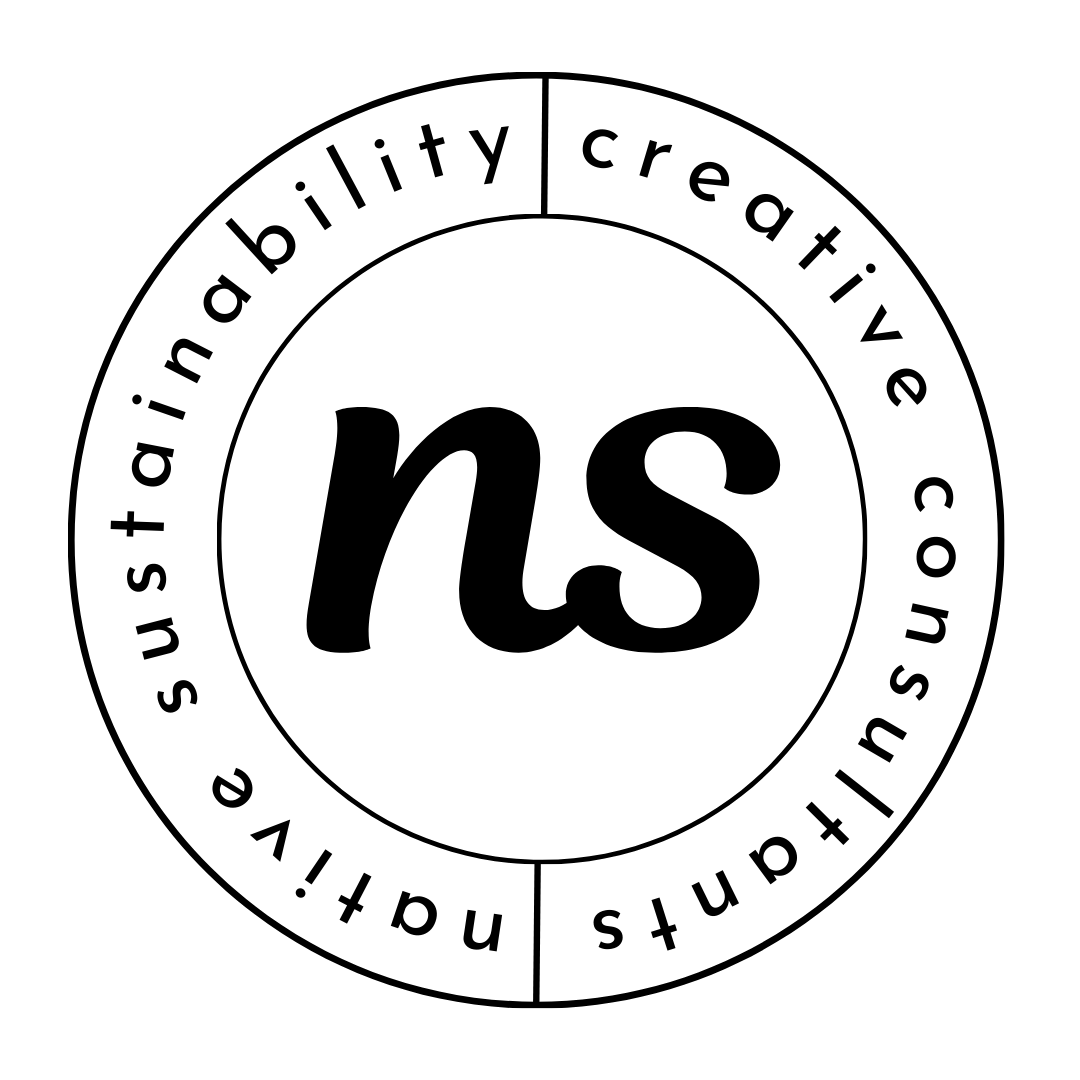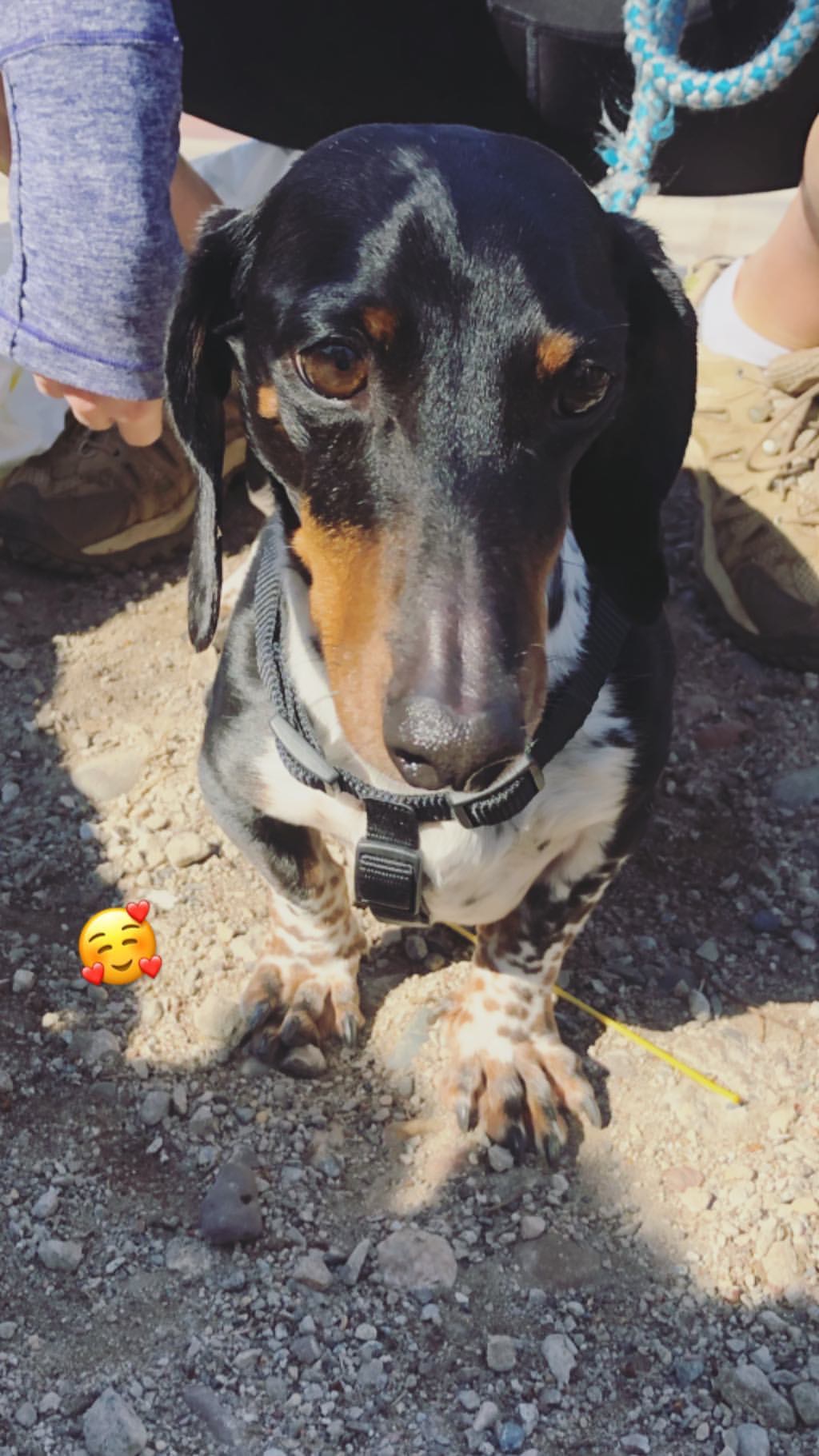Greenway Solar is a full service contractor for Midwesteners to switch to solar, providing farms, businesses, and homes with the opportunity to cut energy costs and support sustainable energy use. We spoke with founder Paul Krumrich to better understand their mission and journey in the renewable energy space.
Native Sustainability: Could you give us a little background on what inspired you to start Greenway Solar?
Paul Krumrich: Greenway Solar started when we were asked to help with creating a solar garden for low-income folks in the area. Specifically, Minnesota Renewable Energy Society requested that we work on three solar gardens in low-income communities. That experience was really inspiring for us– we realized this is something we can do to help people, and something that we want to do and care about.
NS: That’s awesome. Something that differentiates Greenway is that you’re the only provider in Minnesota to use the Tesla solar roof as well as offering traditional panels. What’s the difference between these options?
PK: The solar roof is a bigger commitment – it’s a total replacement of the roof, whereas the panels are a lighter project because they can be added to an existing roof. The solar roof is more difficult to calculate a return on investment for because costs are slightly different based on each project, so the roofs are more of a premium product in terms of out of pocket spending.
But then you have an entire durable structure that will last you 50 years – it’s really a slick innovation.
NS: Can you share a story or example of a particularly inspiring project with Greenway?
PK: Absolutely, we’ve gotten to engage in lots of projects that have been really cool and inspiring. One that sticks out to me was when we did an off-grid Tesla project up north in a cabin with no electricity. We used powerwalls for that and it was a successful run.
In general we’re hoping to get the point across that you don’t have to live in a fancy house for solar to be something that could be useful for you. It is a premium product, but we can install on lots of types of houses and buildings, not just big buildings in wealthier areas.
NS: What are some of the challenges your team has faced in the solar industry?
PK: The regulation and interconnection processes have been challenging. Different cities and states have different regulations for different utilities… it’s a lot to juggle.
It’s also difficult to get systems online, that’s something that’s taken effort on our end. But as far as clients go, people have really been great – no major challenges there.
NS: How do you see your company’s role in driving forward the renewable energy movement, and what message do you hope to convey to potential customers and the public?
PK: Our specific approach sets us apart. There are lots of companies out there that are totally oriented in maxing out their number of sales, which can lead them to put high pressure on customers to make decisions fast and rush the process.
We’re a lot more detail-oriented. We care about the design and aesthetic of our installations, and we’re local. We aren’t pushy – we have a goal of maintaining a 25 year relationship with each client, we don’t just treat them as a quick sale. Our work is more consultative, rather than trying to get people to sign on fast. We get positive feedback about that all the time– it’s an aspect that’s hard to convey in something like ads, but customers get it after a while.
NS: As the solar industry continues to evolve, do you anticipate any major changes in the future to your operations or expect any trends to arise?
I think we’ll definitely get more to covering battery and storage. Our industry is in a continued evolution. Five years ago we focused on just solar energy, now there’s a major shift to working with batteries or control systems as well. More electric vehicle chargers for cars will be needed as well. In general, the shift seems to be transitioning from solar power into broader energy management.
Many thanks to Paul for these insights! Learn more about Greenway Solar here.






























